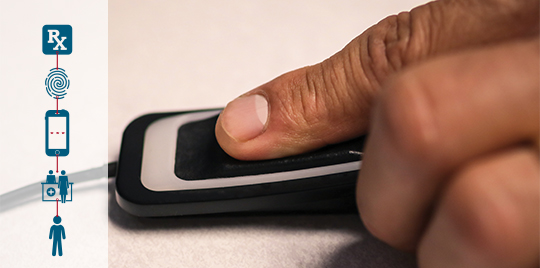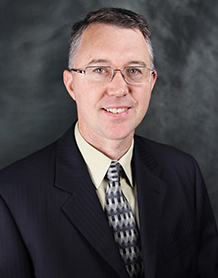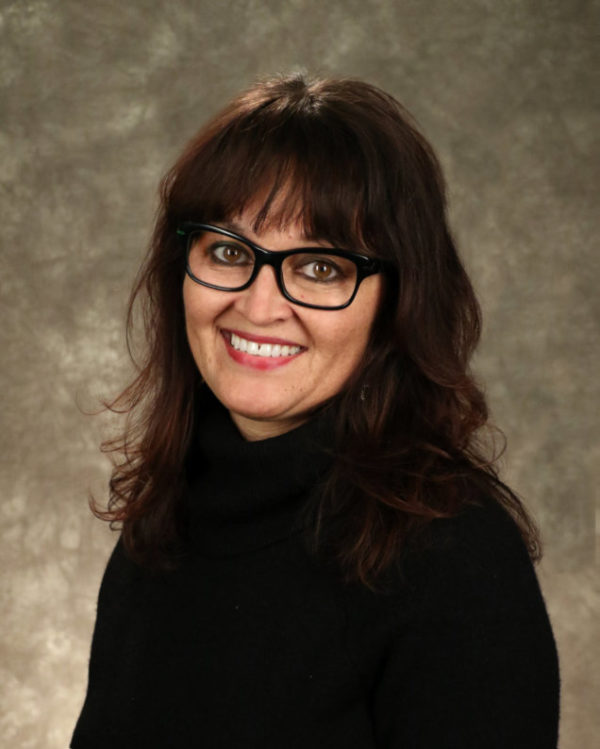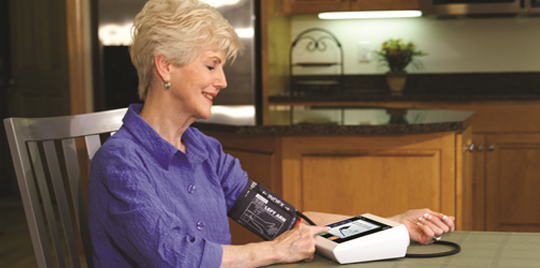
Whether placing an online order or streaming a movie, today’s consumers expect quick and convenient service. It’s an expectation that also extends to healthcare.
In recent years, doctors started replacing their prescription pads with electronic prescriptions. Once the e-prescription leaves a doctor’s office, chances are it’s ready for pick up when a customer walks through the pharmacy door.
Safe Use
For the most part, doctors used e-prescribing for medicines with a low potential for misuse, like antibiotics. That changed when the U.S. Drug Enforcement Administration approved e-prescribing for controlled substances, such as Dilauded®, oxycodone, codeine, fentanyl and hydrocodone. These medicines, often referred to as opioids, are typically taken for pain relief. They have a much greater potential for misuse and prescription forgery.
With government approval came increased responsibility for doctors to help their patients use those medications safely. NKCH recently invested in the technology required to ensure safe e-prescribing of controlled substances.
Two Steps to Safety
Before doctors can e-prescribe controlled substances, they must meet the DEA’s two-factor authentication process.
Step 1
Prescribers scan their fingerprint or acknowledge a password (if working remotely).
Step 2
Prescribers submit a one-time code that confirms they are approved to sign and send a controlled substance prescription.
Like other electronic prescriptions, the order goes to the patient’s preferred pharmacy through a secure electronic system.
“North Kansas City Hospital is taking the lead to help reduce prescription forgery, opioid addiction and deaths related to medication overdose,” said Chief Medical Information Officer Todd Beardman, MD.
Individuals play an important role in protecting themselves and their loved ones from prescription misuse. The Centers for Disease Control and Prevention offer several resources at cdc.gov/DrugOverdose/Patients.




